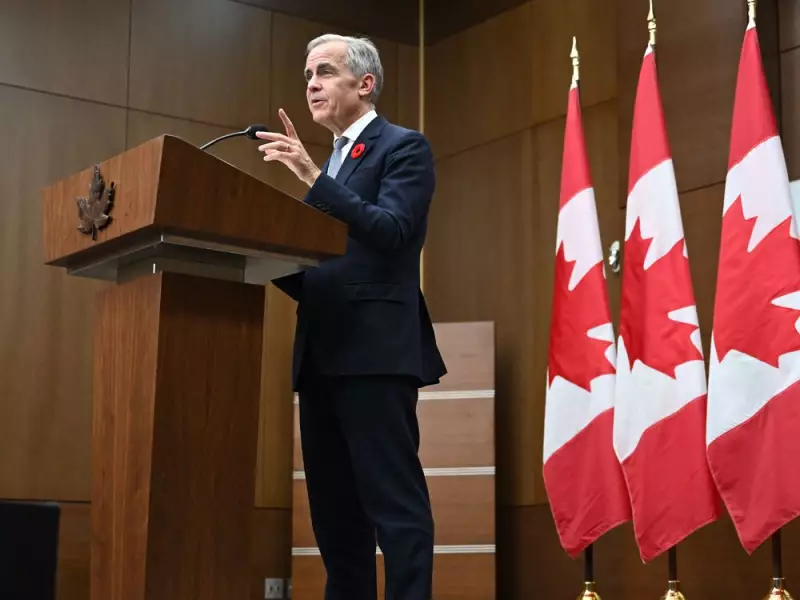
Canada's latest federal budget tells a story of diminishing returns and shrinking fiscal firepower. Despite the Trudeau government's ambitious rhetoric, the numbers reveal a concerning trend: we're getting less bang for our buck as government spending power declines.
The Shrinking Fiscal Capacity
What makes this budget particularly noteworthy isn't what's being spent, but what's being cut. The government's fiscal capacity has noticeably contracted, with real per-person program spending actually decreasing. This marks a significant shift from previous years of expansive government expenditure.
Where Did the Money Go?
The budget reveals several key areas of concern:
- Real per-person program spending has declined by 2% since 2022
- Debt service costs are consuming an ever-larger portion of revenue
- Economic growth projections remain modest at best
- Taxpayer burden continues to increase despite reduced services
The Debt Dilemma
One of the most pressing issues highlighted in the budget analysis is the growing cost of servicing Canada's federal debt. As interest rates remain elevated, more taxpayer dollars are being diverted to interest payments rather than productive programs or services that benefit Canadians directly.
Economic Implications
The constrained fiscal environment means the government has less flexibility to respond to economic challenges. With reduced spending power and growing debt obligations, Canada's ability to stimulate growth during potential economic downturns becomes increasingly limited.
This budget represents a turning point where the era of expansive government spending appears to be giving way to fiscal reality. The challenge ahead will be maintaining essential services while managing the constraints of a tighter fiscal framework.





